
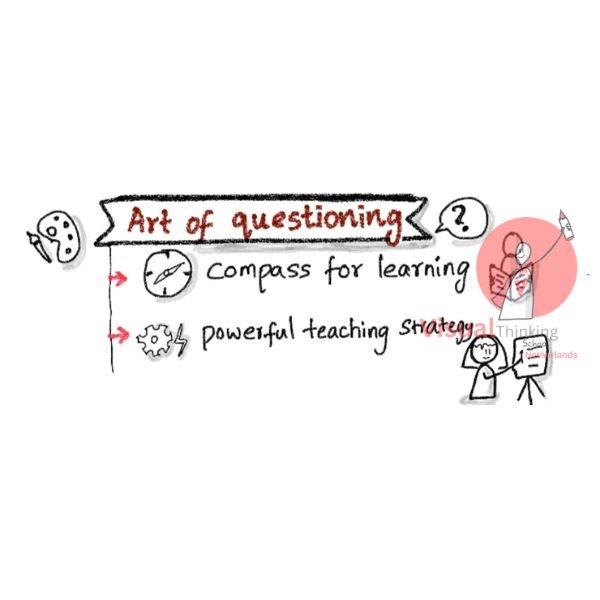
The art of questioning is an invaluable skill that serves as both a compass for learning and a powerful teaching strategy. Questions are the gateways to knowledge, prompting us to explore, think critically, and formulate our own ideas. However, not all questions are created equal. There are guiding questions, designed to encourage critical thinking and exploration, and there are leading questions, aimed at directing students toward predetermined outcomes or influencing opinions. In this blog, we’ll delve into the intricacies of the art of questioning, exploring its profound impact on education and its role in nurturing independent thought.
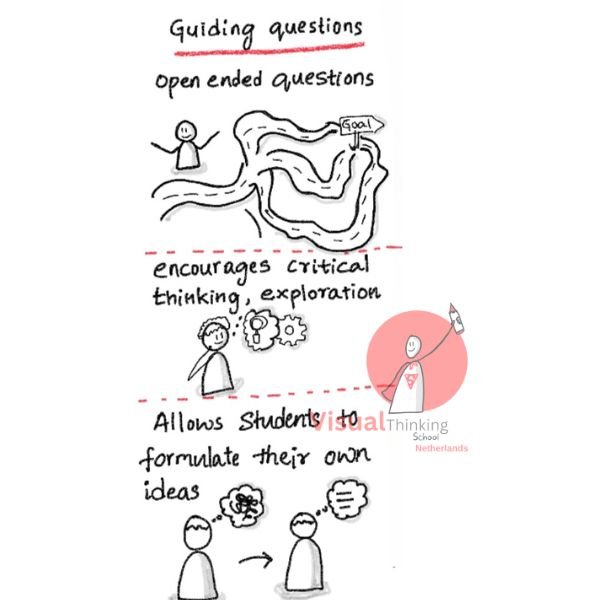
Guiding questions, also known as open-ended questions, are the cornerstone of the art of questioning. These questions invite exploration, thought, and reflection. They do not have a single, definitive answer but instead encourage individuals to consider multiple perspectives and draw conclusions based on their own analysis. As an effective teaching strategy, guiding questions stimulate critical thinking, enabling students to dive deeper into a subject matter. They foster intellectual curiosity and empower students to take ownership of their learning. When students engage with guiding questions, they develop problem-solving skills, become more adaptable learners, and are better equipped to face the complexities of the world beyond the classroom.
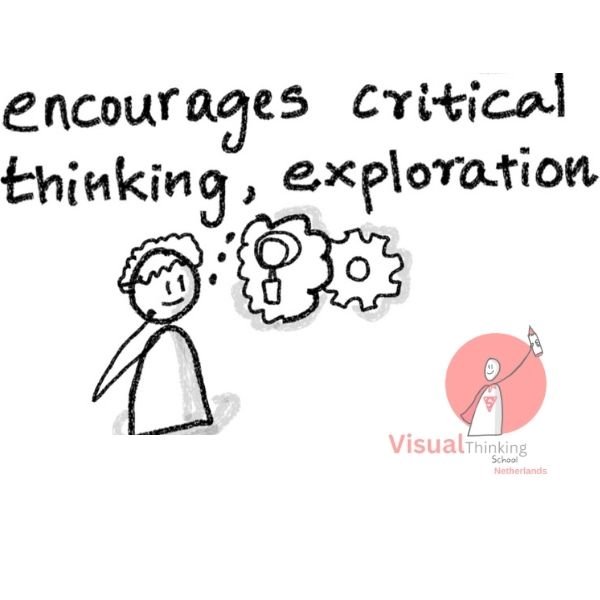
Guiding questions allow students to take an active role in the learning process. Rather than being passive recipients of information, they become co-creators of knowledge. By encouraging students to formulate their own ideas and hypotheses, educators provide them with a sense of agency and ownership over their education.When students grapple with open-ended questions, they learn to navigate ambiguity and uncertainty, skills that are highly valuable in the real world. They develop the capacity to synthesize information, make informed decisions, and contribute meaningfully to discussions and problem-solving scenarios.
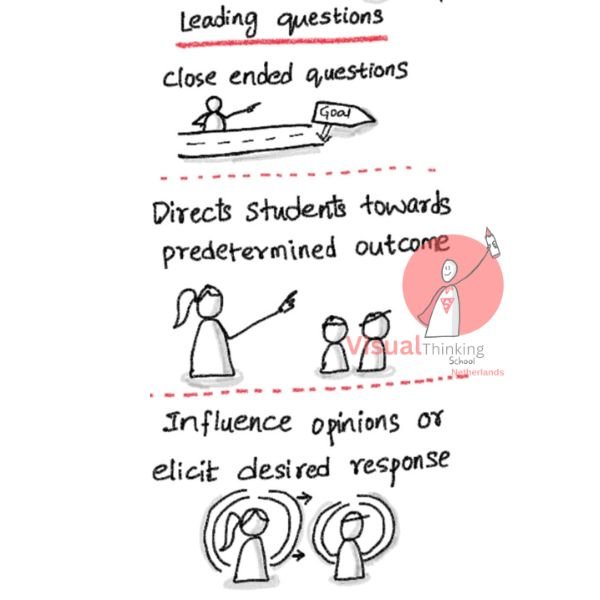
Leading questions, often referred to as closed-ended questions, may seem attractive due to their ability to elicit specific responses or guide discussions towards predetermined outcomes. However, their use in the art of questioning comes with a significant caveat. Leading questions, intentionally or not, can influence opinions, steer conversations, and limit critical thinking.
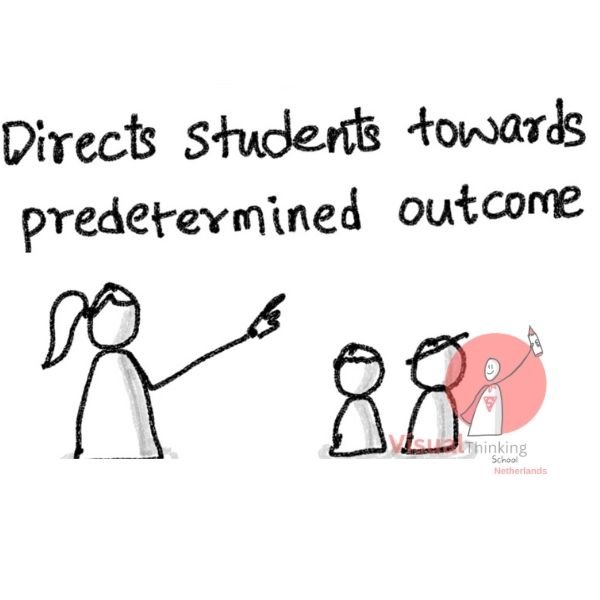
The danger of leading questions lies in their potential to direct students toward predetermined outcomes, restricting their ability to explore alternative perspectives or develop independent thoughts. When educators employ leading questions with a specific agenda in mind, they may inadvertently stifle creativity and inhibit the development of well-rounded, informed individuals.
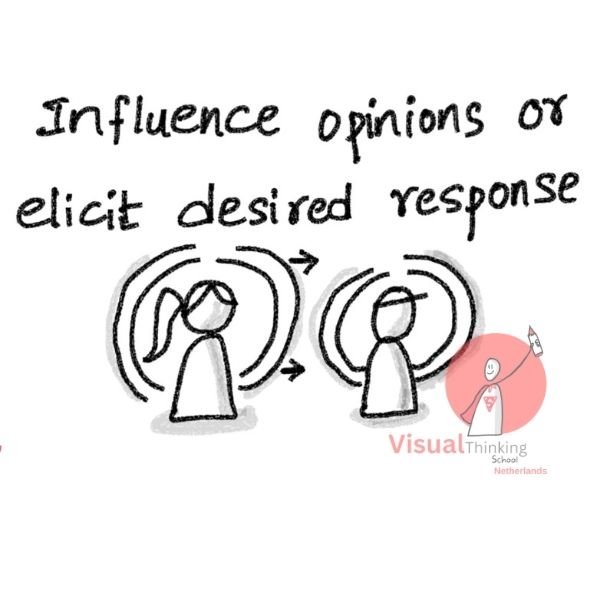
Leading questions can also be used to influence opinions or elicit desired responses. While this may be effective in certain contexts, such as legal proceedings, it can be counterproductive in educational settings. The art of questioning in education should prioritize the cultivation of critical thinking, free from external manipulation.
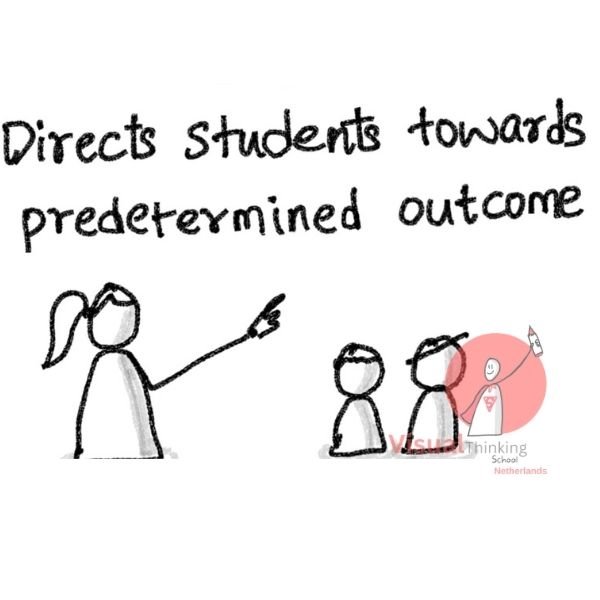
The art of questioning is not about completely eliminating leading questions but rather striking a balance between guiding and leading questions, depending on the educational objectives and context. Open-ended questions should be the primary tool for encouraging exploration and critical thinking, while closed-ended questions can have their place in assessing comprehension or gathering specific information.
To master the art of questioning, educators must carefully consider their learning objectives. What knowledge or skills do they aim to impart, and how can questions be used to achieve those objectives? By tailoring questions to specific goals, educators can maximize their effectiveness in guiding students toward meaningful learning outcomes.
Effective questioning is not limited to educators; students can also engage in the art of questioning. Encouraging students to ask questions, whether guiding or leading, fosters a sense of inquiry and active participation. It transforms the classroom into a dynamic space where curiosity and dialogue thrive.
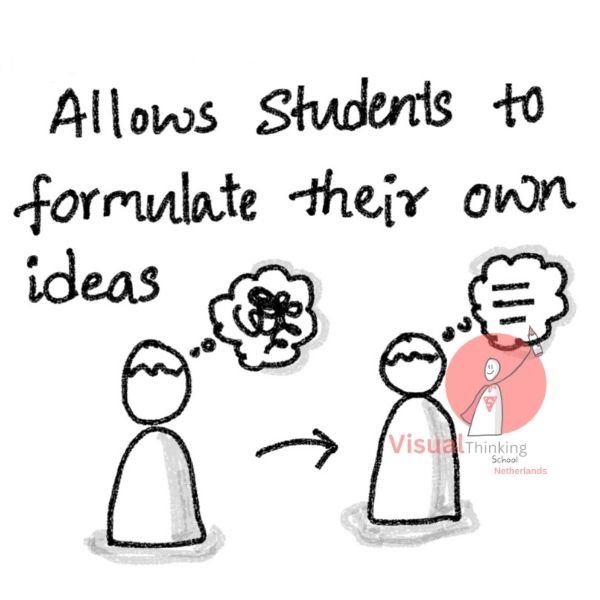
The art of questioning plays a pivotal role in developing critical thinking skills, which are essential for success in today’s information-rich world. Guiding questions challenge students to analyze, evaluate, and synthesize information rather than passively accepting it. When faced with open-ended questions, students must think critically to arrive at well-reasoned responses.By consistently incorporating guiding questions into the educational process, educators not only impart subject-specific knowledge but also equip students with the ability to think critically in various contexts. These skills extend beyond the classroom, benefiting students in their personal and professional lives.
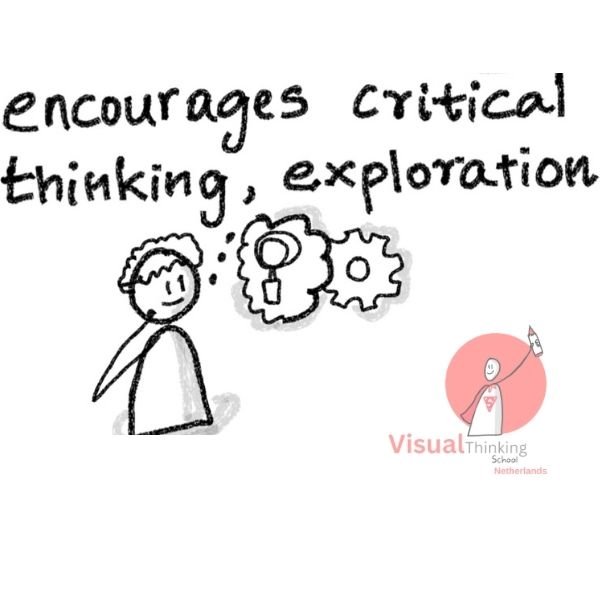
One of the most remarkable aspects of the art of questioning is its capacity to spark intellectual curiosity. Open-ended questions provoke students to explore topics in depth, inspiring them to seek answers, conduct research, and engage in independent learning. This curiosity-driven approach to education transforms students into lifelong learners who actively seek knowledge and continue to grow intellectually beyond formal education.
Guiding questions also serve as a powerful tool for creating an inclusive and diverse learning environment. By encouraging students to think critically and articulate their own ideas, educators foster an atmosphere where every voice is valued. Students from various backgrounds, with different experiences and perspectives, can contribute unique insights when presented with open-ended questions.This inclusivity enhances the depth and richness of classroom discussions, exposing students to a wider range of viewpoints. It also fosters empathy and understanding as students learn to appreciate and respect the diversity of thought within their learning community.
In the art of questioning, guiding questions champion independent thought. They empower students to question assumptions, challenge the status quo, and think for themselves. This emphasis on independent thought is a crucial component of nurturing responsible, informed, and engaged citizens who are prepared to participate in democratic societies.

In conclusion, the art of questioning is a multifaceted, dynamic practice that extends far beyond the classroom walls. It is a compass for learning that guides students toward critical thinking, intellectual curiosity, and inclusivity. While guiding questions are the backbone of this art, educators must be mindful of the ethical considerations that accompany their use.
We conduct online and in-person certification trainings on our Trade Marked Training on Business Sketchnotes ™.
We have an open challenge in our trainings : If you can not draw after our 9 hours of trainings, we will close our trainings FOR EVER !! ..and we are still waiting for that one person even after training more than 38000 professionals.
You can also join our whatsapp community to learn from those who have attended our trainings

We trained more than 38000 professional and gave corporate trainings in more than 65+ top notch companies

Check Our Trainings

Maths educator by profession and sketchnoter by passion. She loves teaching maths using sketchnotes. She is also an acredited school sketchnote trainer with Visual Thinking School, Netherlands.
More of her sketchnotes can be checked on her Instagram: @Lavanya_anugula